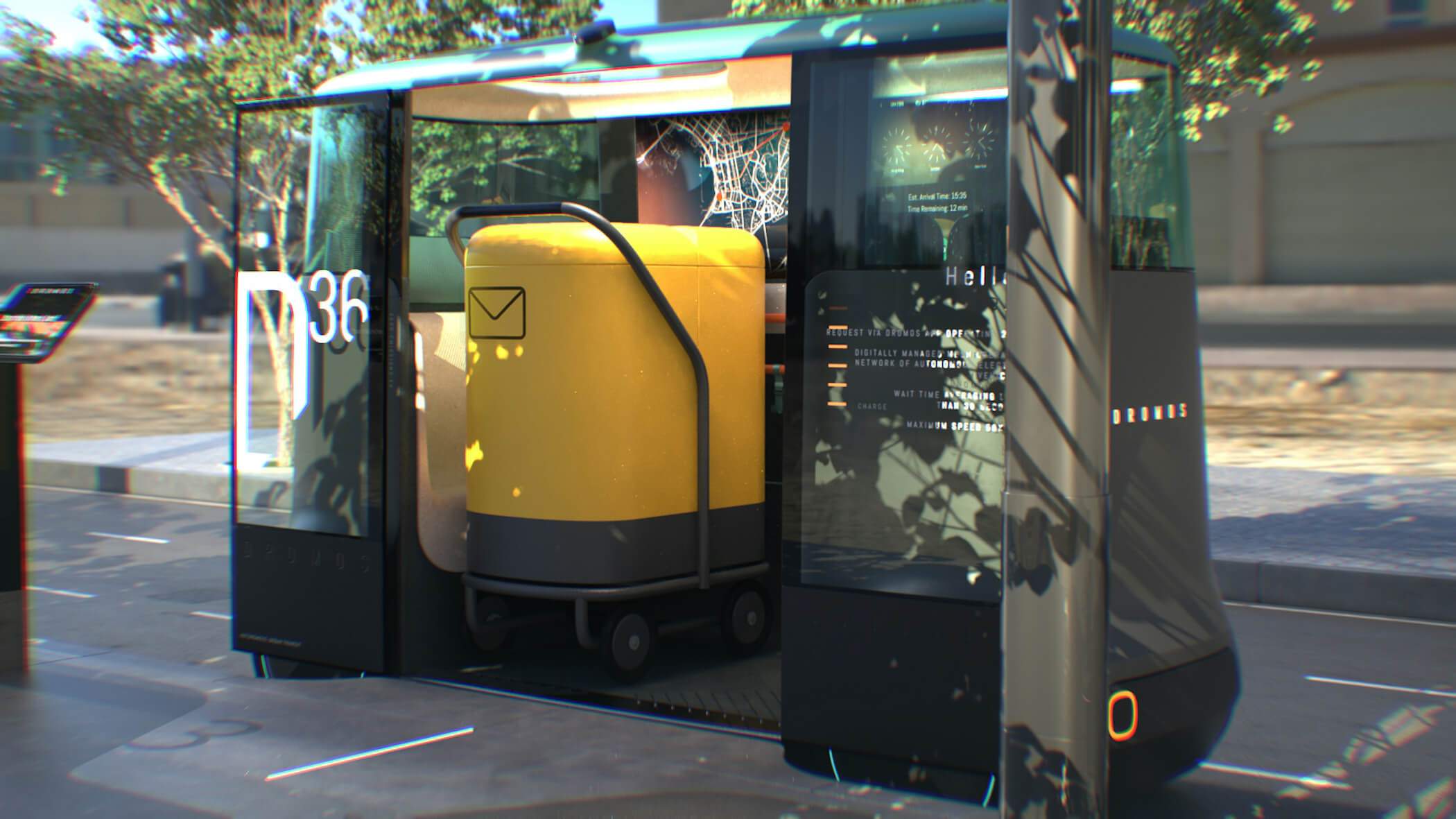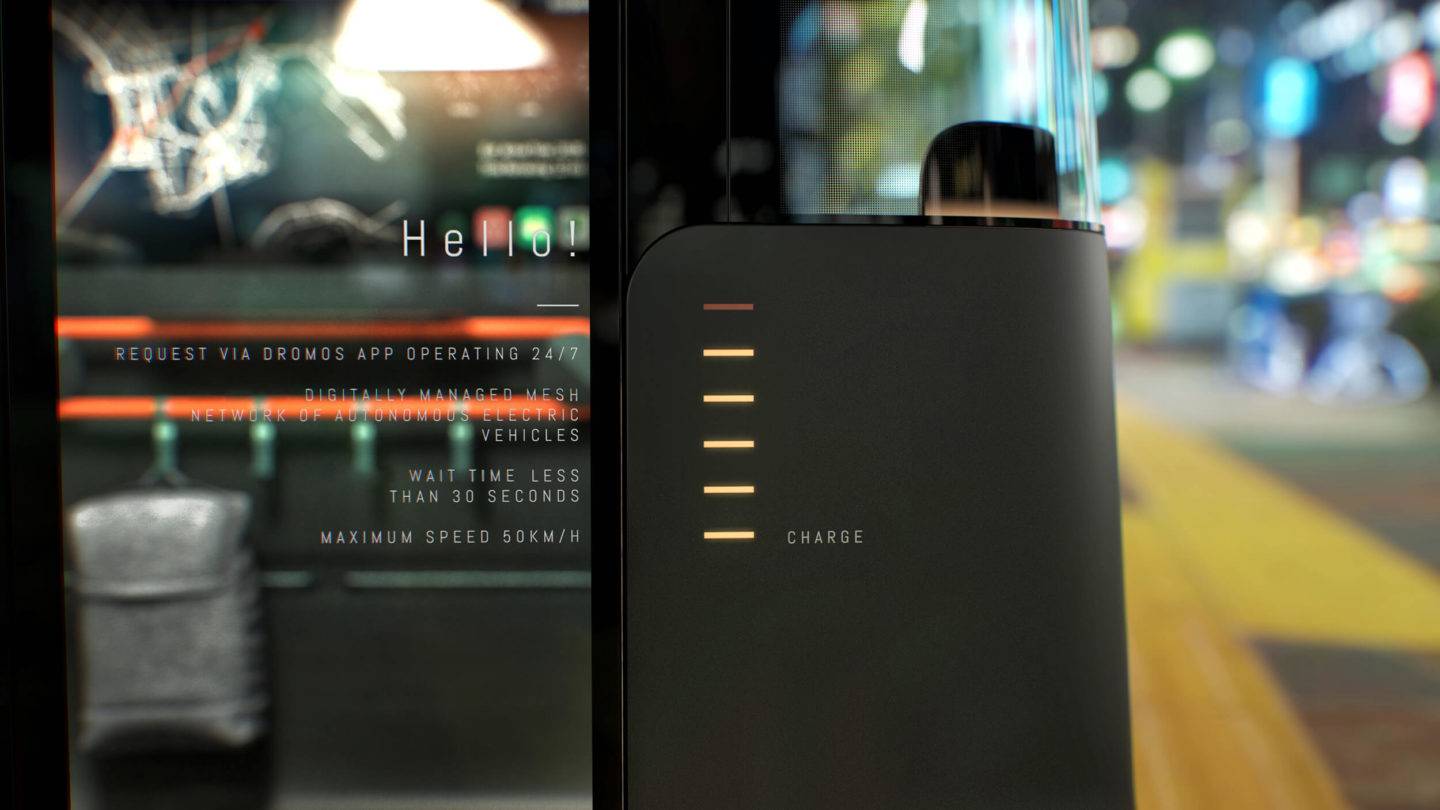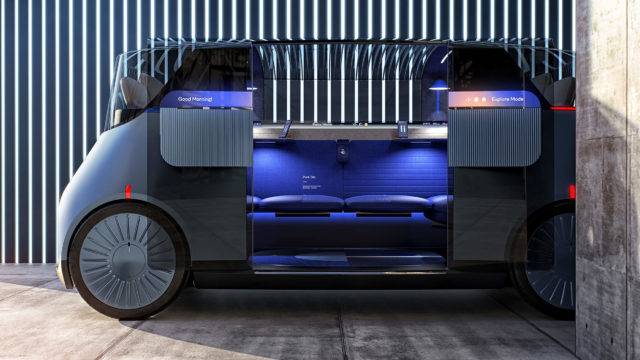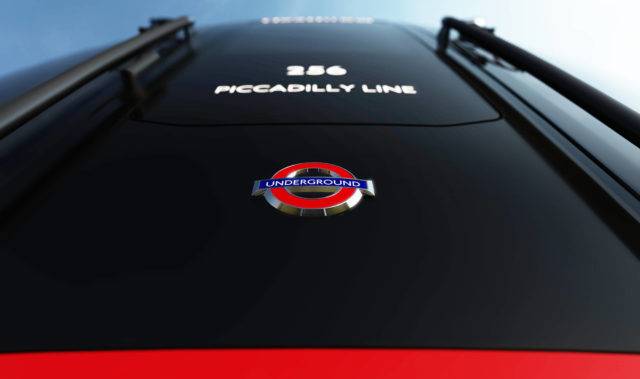
Dromos
Year
2019 – Present
PriestmanGoode and Dromos Technologies have been working together since 2019. Initially collaborating on a concept design for a new autonomous vehicle, we have since developed a number of proposals for infrastructure projects around the world, including the Cambridgeshire Autonomous Metro.
Challenge
Dromos Technologies ran an international competition, the brief of which was to design a safe, reliable and affordable vehicle around principles of innovation, modularity, sustainability, convenience, maintainability and versatility.
PriestmanGoode was selected to develop the visual design for the vehicles. The judges were impressed by the way we had developed a modular vehicle with the user experience at its heart. Our main challenge was to maximise interior volume within the small footprint of an autonomous vehicle, and ensuring its suitability and flexibility for a wide range of users.
Solution
PriestmanGoode’s design for the Dromos vehicles is ‘approachable minimalism’. There are no extraneous elements, every detail serves a specific purpose. The design was created to be easy and efficient to manufacture, as well as maintain, and to enable maximum passenger comfort. Key features of the design include:
- A multi-purpose vehicle designed for both passengers and freight
- Seats moulded from sustainable and easy to clean materials
- Modular design optimised for easy manufacturing and maintenance


Dromos has been designed around the user, from the inside out, ensuring that it is well-suited to a wide range of passenger needs. Some of the features include:
- Flexible interior options to accommodate various passenger needs, including luggage, bikes, sporting equipment as well as disabled access
- Step-free access and extra wide doors allow easy access for prams, wheelchairs, bikes
- Tinted and patterned glass with reflective coating that reduces solar heat absorption
- Large skylight and maximised window space
The colours, materials and finishes are being developed taking into account the latest material technology and increased passenger considerations around hygiene as a result of the global pandemic.



The initial concept design was adapted and submitted as a proposal for the Cambridgeshire Autonomous Metro, a new infrastructure project to transform the future of the Cambridgeshire and Peterborough economy and meet a range of social and environmental objectives. CAM’s goal is to deliver a public transport solution to best connect towns, villages, major employment sites and the city of Cambridge though zero-emission fast, frequent and reliable journeys.
The Dromos concept for CAM was created by Dromos Technologies in partnership with PriestmanGoode, engineering and consulting firm Buro Happold and construction, property and management consultancy Rider Levett Bucknall (RLB). It addresses vehicles, infrastructure, energy, environment, sustainability and system operations.




